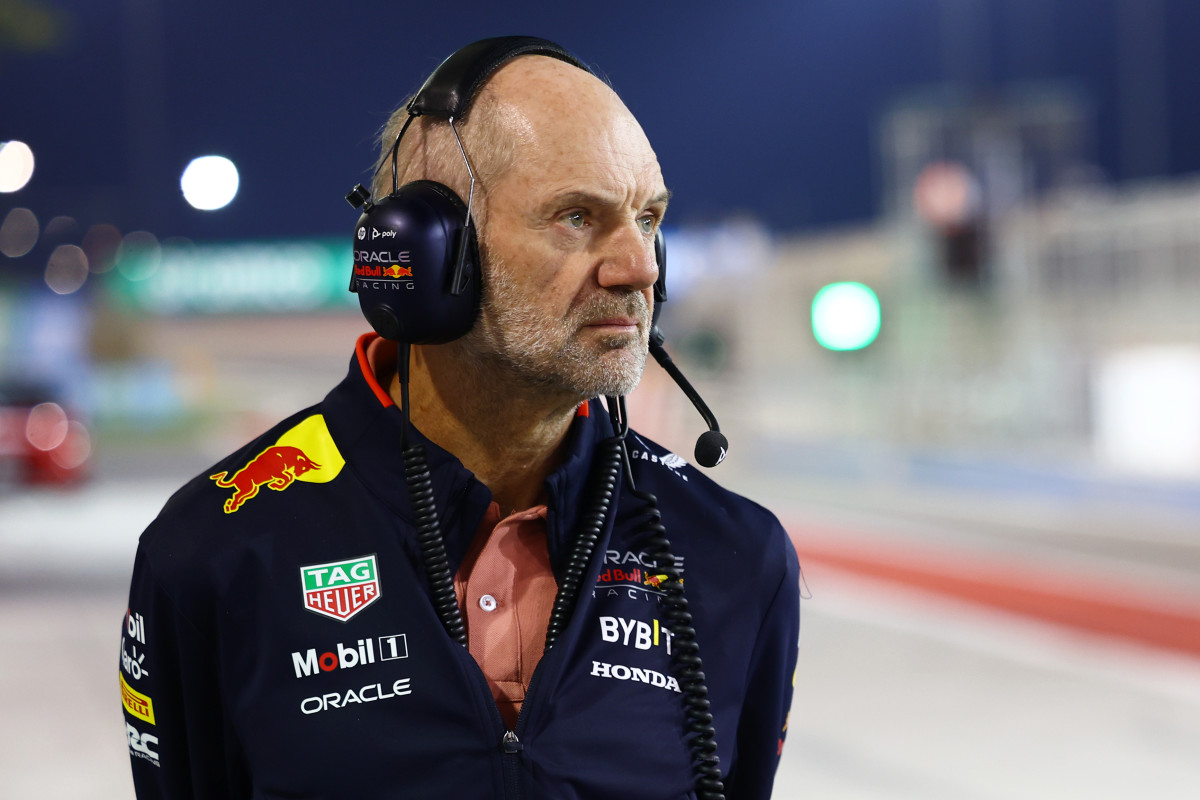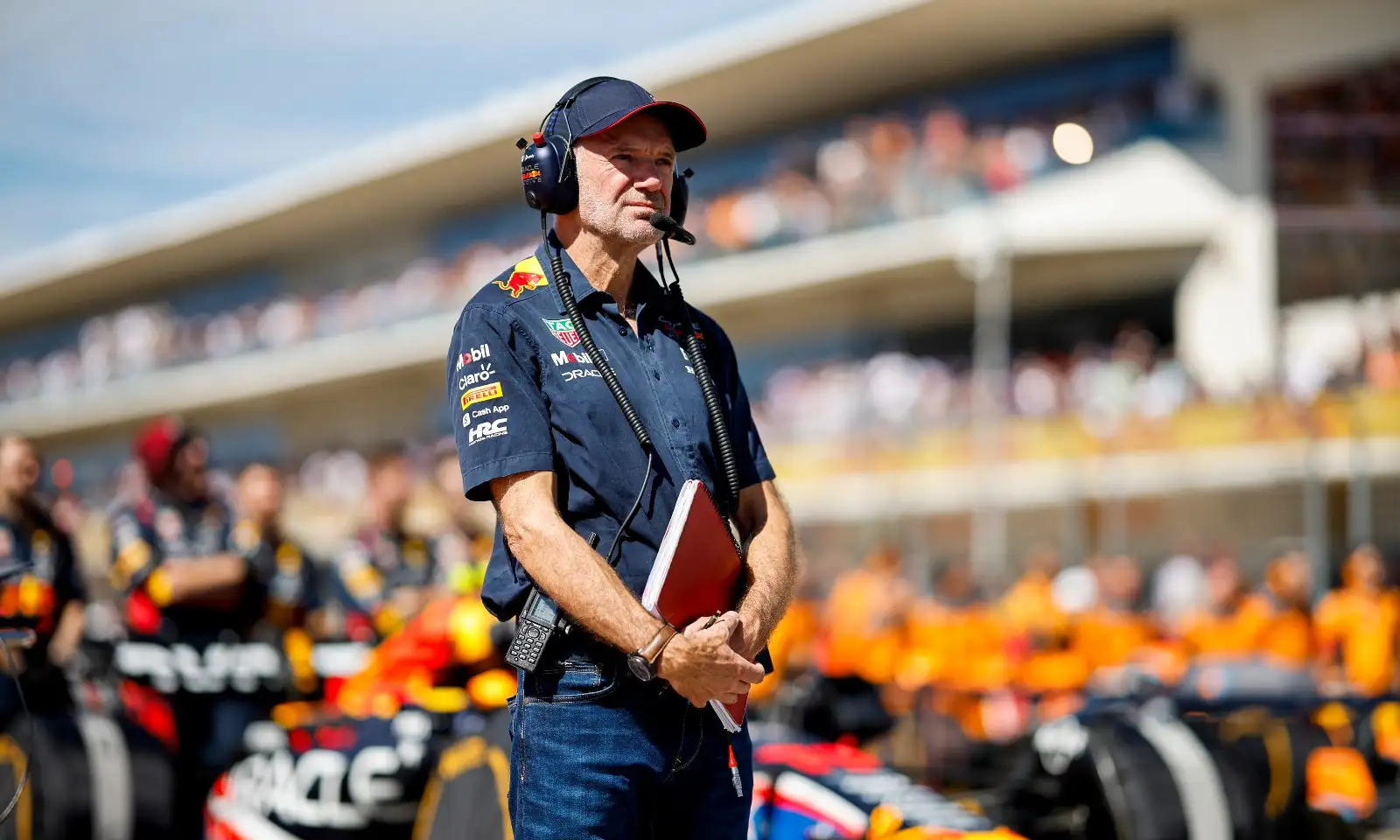Formula 1 car manufacturers are working hard to create new turbo hybrid engines for the future. These engines will split power equally between the regular engine and a battery. This new setup is causing some interesting changes because energy recovery will be very important.
Adrian Newey, a well-known figure in Formula 1, explained that the engines will act like generators most of the time. This means they’ll have to work hard even in tight corners like Monaco’s famous hairpin turn.
The engine’s unique characteristics are causing a lot of discussion among Formula 1 leaders. They have to design the car’s chassis around these engines. To help with this, they’re considering using active aerodynamics. These aerodynamics will adjust during the race to provide more grip in corners and less drag on straightaways.
However, not everyone is happy with this approach. World champion Max Verstappen thinks it was a mistake to decide on the engine rules before figuring out the car regulations. He believes the engine rules might not be as efficient as everyone thought.

Newey agrees that this situation is unusual and makes designing the chassis regulations more difficult. He acknowledges that the engine manufacturers wanted this setup, possibly because it’s good for marketing and can help develop new technology quickly.
One challenge Formula 1 faces is making active aerodynamics work well in 2026. Teams have tested new cars in simulators and found some issues, especially with acceleration. The FIA, which governs Formula 1, is working to find a solution that balances aerodynamics across the entire car.
Verstappen isn’t a fan of adding more technology like active aero to Formula 1. He prefers keeping things simple to avoid favoring some teams over others.
Despite the challenges, Formula 1 is pushing forward with its plans for 2026. New technologies and regulations aim to make the sport more exciting and relevant to modern times.

